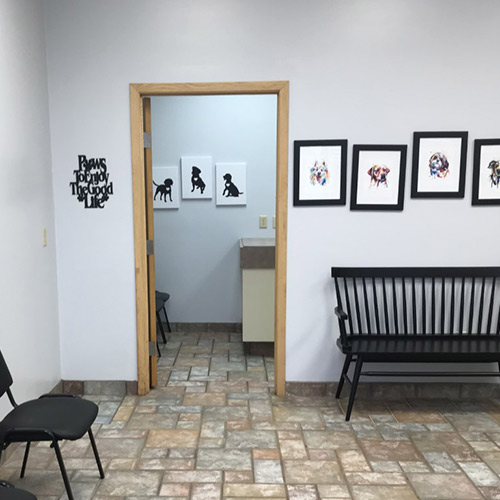Celebrating over 30 years of first-class veterinary care
Compassionate care for your canine and feline companions in Grantsburg, WI and Pine City, MN


Welcome to
Grantsburg Animal Hospital & Wild River Veterinary Clinic
Two convenient locations across the St. Croix River
Grantsburg Animal Hospital
Wild River Veterinary Clinic

Grantsburg Animal Hospital
886 S Pine St
Grantsburg, WI 54840
Wild River Veterinary Clinic
140 Evergreen Square SW
Pine City, MN 55063
Wellness Services
New pets, Exams, Vaccines, Prevention, and Nutrition
Surgery
Soft Tissue, Spay/Neuter, Pet Wound repair, Mass removal, and Emergency/Non-routine
Diagnostics
Digital Radiology, Laboratory, In House, Send out


“An animal’s eyes have the power to speak a great language.”
—Martin Buber

Meet our veterinary team
The veterinarians and staff at our clinics are ready to provide your pet with high-quality veterinary medical care. From wellness exams and vaccines to advanced diagnostics and complex surgical procedures, your dog or cat will receive the best care at our hospital. All staff also participate in continuing education programs which helps ensure we meet our goal of providing the ultimate level of care for your animal.
We love our clients and patients!
We know you have a lot of options when it comes to choosing your veterinarian, and we thank you for making us a couple of the highest-rated veterinarians in Grantsburg, Pine City, and the surrounding areas.
Always a positive experience! The treatment, care, and results are always better than expected. When your family needs care, you take them to the best!
They have taken amazing care of my puppy and he loves seeing them every time he walks through the door!



